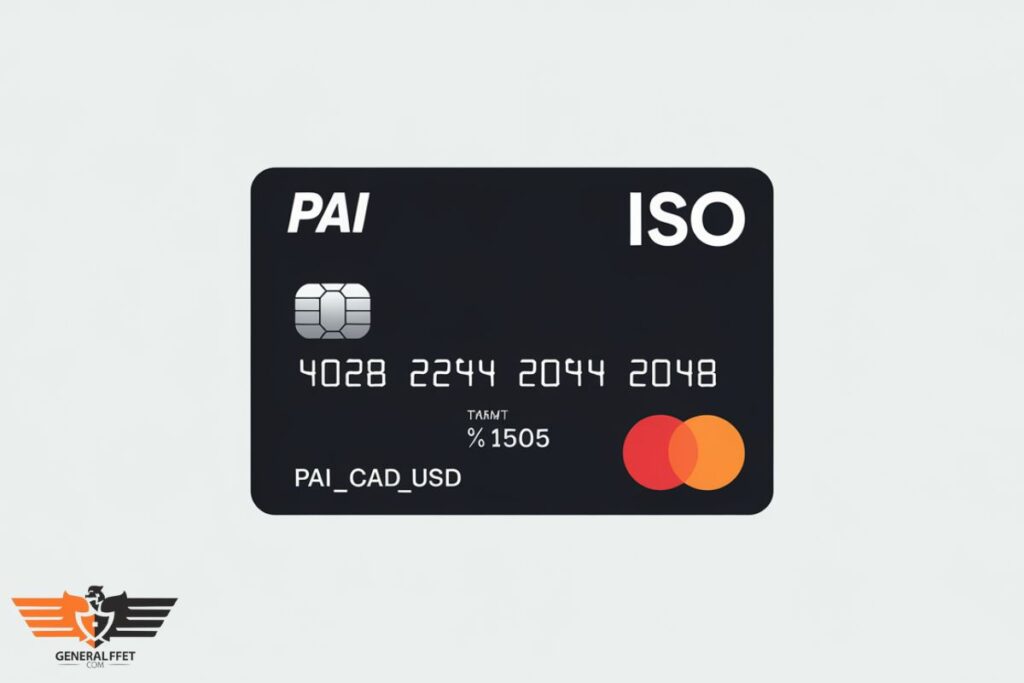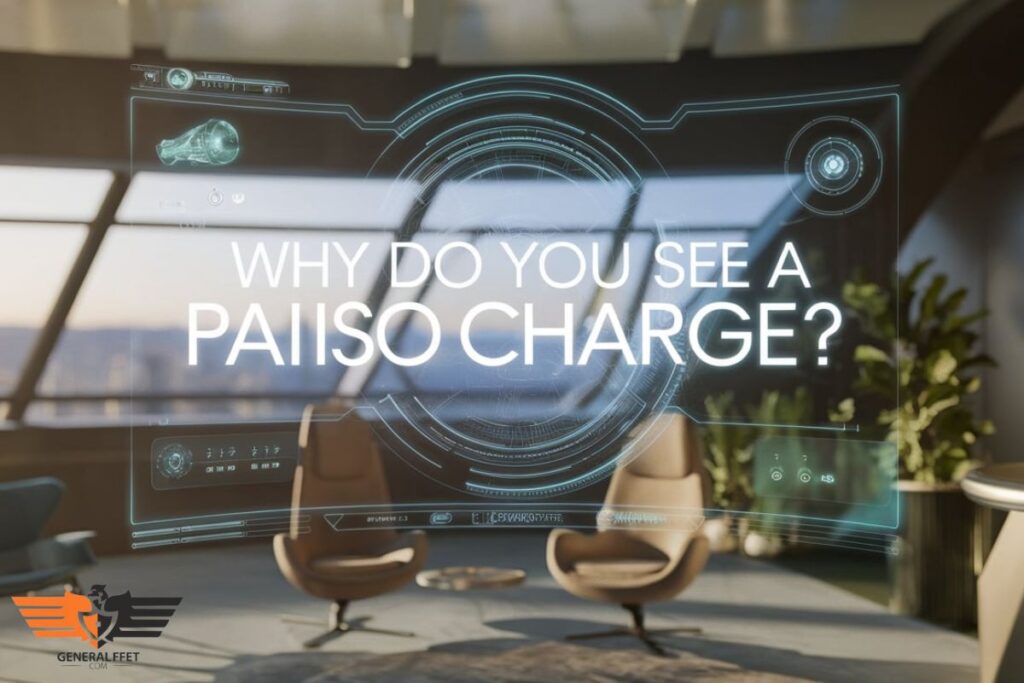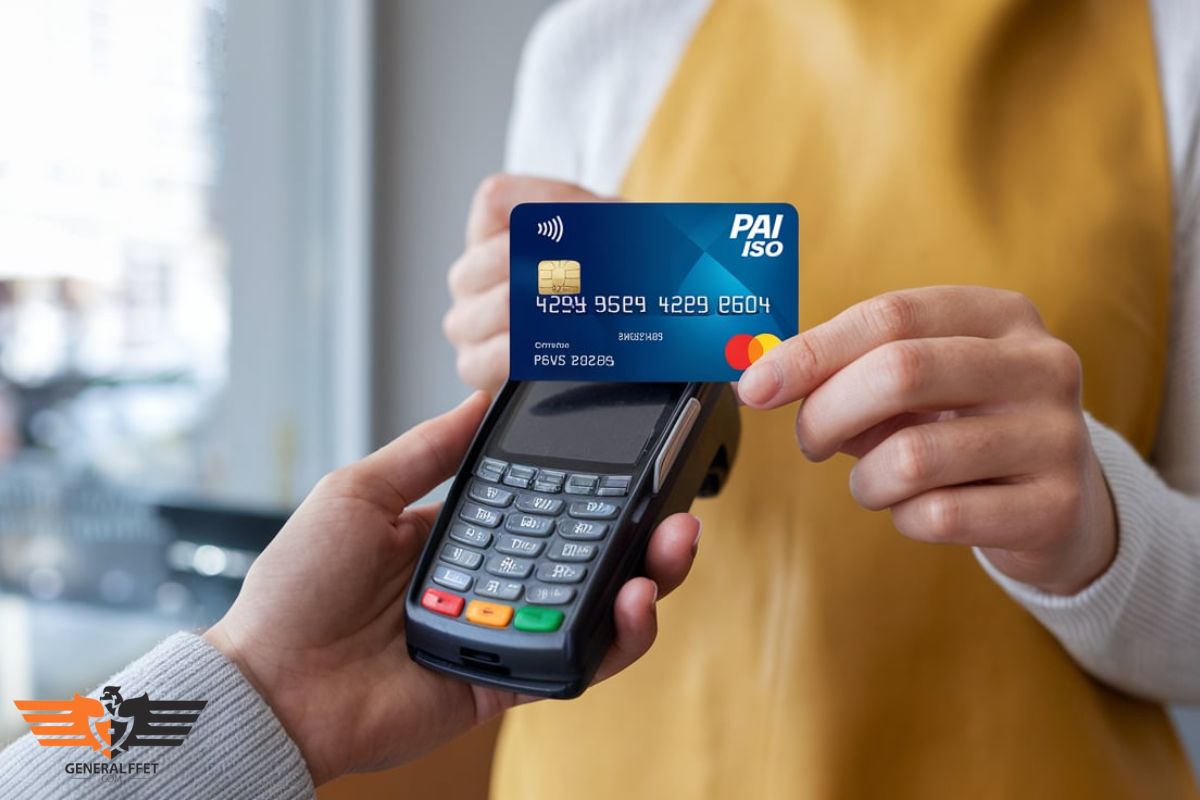PAI ISO is a fee that appears on your bank statement when you use an ATM not owned by your bank. It is charged by Payment Alliance International (PAI), which manages various ATMs. This fee typically ranges from $1 to $2 and can vary based on the transaction type.
PAI ISO charges can surprise you on your bank statement. What is a PAI ISO Charge on Your Credit Card? It is a fee for using an ATM not owned by your bank. This fee comes from Payment Alliance International (PAI).
A PAI ISO charge on your credit card is a fee for using an out-of-network ATM. It stands for Payment Alliance International. It appears on your statement when you use ATMs not affiliated with your bank.
Understanding the PAI ISO Fee
Understanding the PAI ISO fee is important for managing your finances. This fee appears on your bank statement when you use an ATM not owned by your bank. It is charged by Payment Alliance International (PAI), which manages many ATMs across the country. The fee usually ranges from $1 to $2 per transaction.
You can avoid this fee by using ATMs that are part of your bank’s network. Always check for signs indicating fees before using an unfamiliar ATM. If you see a charge you think is wrong, you can dispute it with your bank. Knowing about the PAI ISO fee helps you make better choices when using ATMs.
What is PAI ISO?

PAI ISO refers to a fee you might see on your bank statement. It is charged when you use an ATM not owned by your bank. This fee is imposed by Payment Alliance International (PAI). When you withdraw cash from a non-network ATM, the ATM owner pays PAI a fee.
This fee is then passed on to you as the PAI ISO charge. It can also apply to other transactions, like balance inquiries. Always check for fees before using unfamiliar ATMs to avoid surprises.
Read Related Article…Octordle Hint: A Comprehensive Guide to Solving Eight Words at Once
Why Do You See a PAI ISO Charge?

You see a PAI ISO charge because you used an ATM not owned by your bank. This fee is charged by Payment Alliance International, which manages many ATMs. When you withdraw cash or check your balance at these ATMs, you may incur this fee. It helps cover the costs of processing your transaction.
The amount of the PAI ISO charge can vary. It often depends on the ATM location and the type of transaction. Using out-of-network ATMs increases the chances of seeing this charge. Always check for signs about fees before using an unfamiliar ATM to avoid surprises.
Read Related Article…B88221141: A TikTok Sensation Taking the World by Storm
How to Avoid PAI ISO Charges?

To avoid PAI ISO charges, use ATMs that are in your bank’s network. These ATMs usually do not charge extra fees. You can find in-network ATMs by checking your bank’s website or app. Always look for signs at the ATM that show any potential fees.
Another way to avoid these charges is to plan. Withdraw cash when you are near your bank’s ATM. If you must use an out-of-network ATM, check the fees before completing the transaction. Being aware of these fees can help you save money.
Read Related Article…Revo Technologies Revolutionizing: Murray Utah with Tech Solutions
Frequently Asked Questions
What is the Pai ISO charge?
The PAI ISO charge is a fee imposed by Payment Alliance International for using ATMs not affiliated with your bank, typically ranging from $1 to $2 per transaction.
What is the meaning of ISO in credit cards?
ISO in credit cards stands for Independent Sales Organization, which is a third-party company that helps merchants set up and manage credit card processing services.
What ISO standard is credit card payment?
The main ISO standard for credit card payments is ISO 8583, which defines the messaging format for financial transactions initiated by credit or debit cards.
What is Pi in a credit card?
Pi in a credit card refers to the “Payment Information” used for processing transactions securely.
Final Thought
Understanding PAI ISO charges can help you manage your finances better. These fees occur when you use out-of-network ATMs and can add up quickly. To avoid these charges, always try to use ATMs affiliated with your bank. Being aware of potential fees can save you money and prevent surprises on your bank statement .

Admin of GeneralFet.com, dedicated to providing diverse and insightful content on a wide range of general topics. Passionate about sharing knowledge and fostering a community of curious minds.








